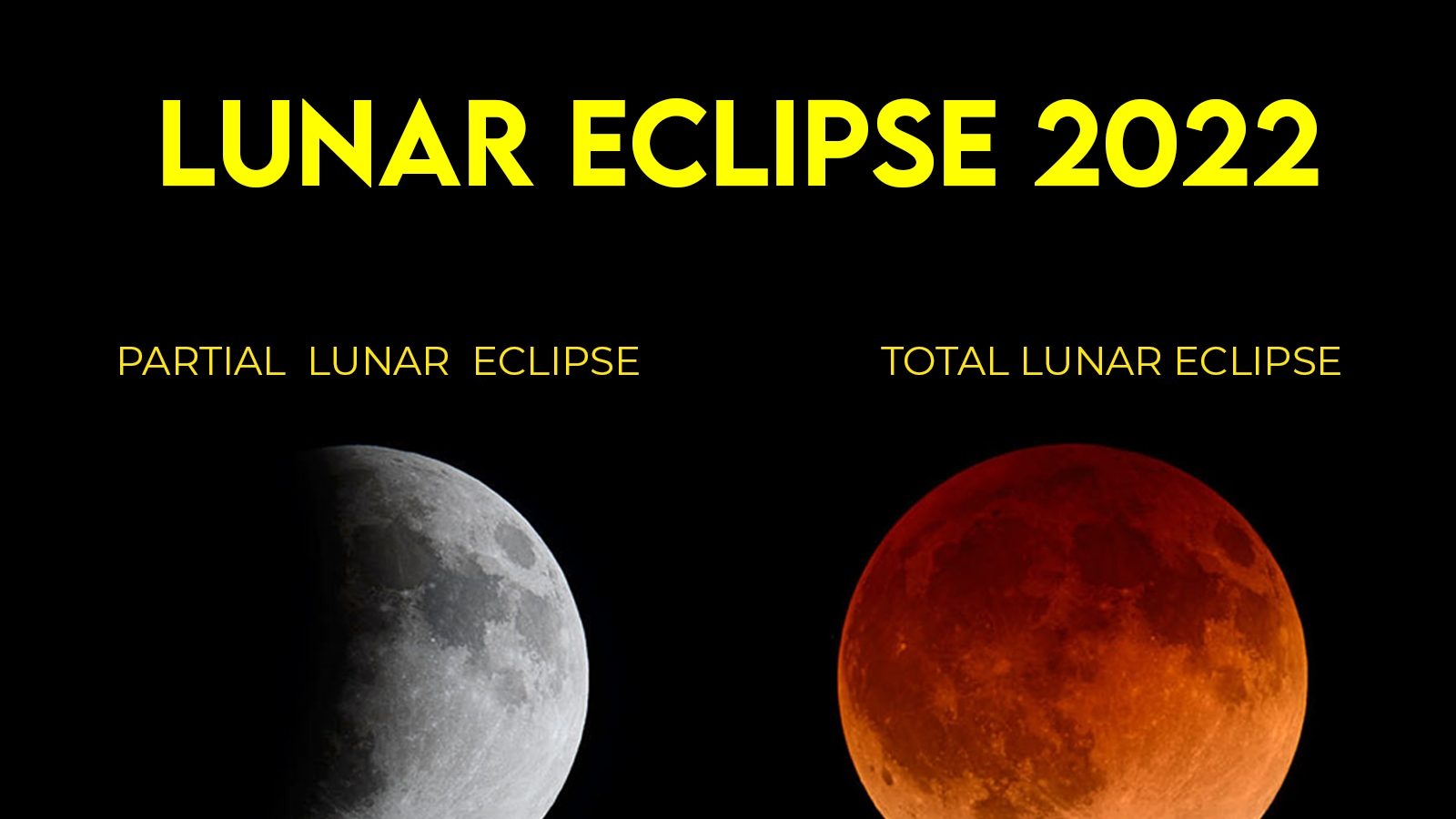LUNAR ECLIPSE NOVEMBER 2022: Stargazers is all set to witness the second and last Chandra Grahan of 2022 on Tuesday, November 8. According to NASA (National Aeronautics and Space Administration), the moon will pass into the shadows of the Earth and get a red colour – this phenomenon is also known as the Beaver Blood Moon lunar eclipse. It will be the last total lunar eclipse that is to happen for almost next three years.
ALSO READ: Chandra Grahan 2022: When is Lunar Eclipse? Will it be Visible in India? Know Sutak Time and How to Watch it Online
The event will be majestic for skygrazers across North America, the Pacific, Australia and Asia. In India, a partial lunar eclipse will be visible in Delhi, beginning at Moonrise at 5:32 PM and ending at 6:18 PM. Only the eastern parts of India including Kolkata, Siliguri, Patna, Ranchi, and Guwahati will be able to see the total lunar eclipse.
LUNAR ECLIPSE 2022: DATE AND TIME
- Starts: On November 8 at 05:32 PM
- Ends: 06:18 PM
- Duration: 45 minutes 52 seconds
HERE’S ALL YOU NEED TO KNOW ABOUT TOTAL LUNAR ECLIPSE AND PARTIAL LUNAR ECLIPSE:
WHAT IS SOLAR AND LUNAR ECLIPSE?
Eclipses are fascinating to watch as people get to see the Sun or the Moon in different forms and the natural phenomenon looks breathtaking. There are two major types of eclipses namely solar and lunar.
Solar eclipse occurs when the Moon passes between the Sun and Earth, causing the Sun to be covered by the Moon’s shadow cast on Earth.
Lunar eclipse occurs when the Earth passes between the Sun and the Moon causing the Moon to be covered by the shadow of Earth.
WHAT IS TOTAL LUNAR ECLIPSE?
Total lunar eclipse occurs due to the Moon passing through the umbra region (area of full shadow) created by Earth on the Moon. The Moon goes red rather than dark in colour as the Sunlight that penetrates Earth’s atmosphere is refracted into the umbra and hits the Moon making the star appear red. The latest lunar eclipse we are seeing also comes in the category of Total Lunar Eclipse.
WHAT IS PARTIAL LUNAR ECLIPSE?
Partial lunar eclipse occurs when the Sun, Earth and Moon are not aligned in a straight line. Some part of the moon is covered by the dark shadow cast on it by the central part of Earth’s shadow which is called the umbra and the rest of the Moon is covered by the penumbra, the outer part of Earth’s shadow. Lunar Eclipse is never annular as the Earth is too big to leave a ring of Moon to be visible.
DIFFERENT STAGES OF ECLIPSE:
1. Penumbral eclipse begins – Earth’s penumbra starts covering the Moon.
2. Partial eclipse begins – The Umbra region of Earth starts covering the Moon.
3. Maximum eclipse – Moon is mostly covered by Umbra. (Fully covered by umbra when it’s total eclipse)
4. Partial eclipse Ends – Umbra region passes, and moon enters penumbra region again.
5. Penumbral eclipse ends – Penumbra region also passes, there’s no longer Earth’s shadow on the moon.
HOW TO WATCH LUNAR ECLIPSE?
There is no need for special equipment to watch Chandra Grahan as it can be seen with the naked eye. For a better view, you can use binoculars or a telescope but if you don’t have them you can watch the lunar eclipse online when NASA and other organisations stream it live.
Read all the Latest Lifestyle News here
For all the latest Lifestyle News Click Here
For the latest news and updates, follow us on Google News.

